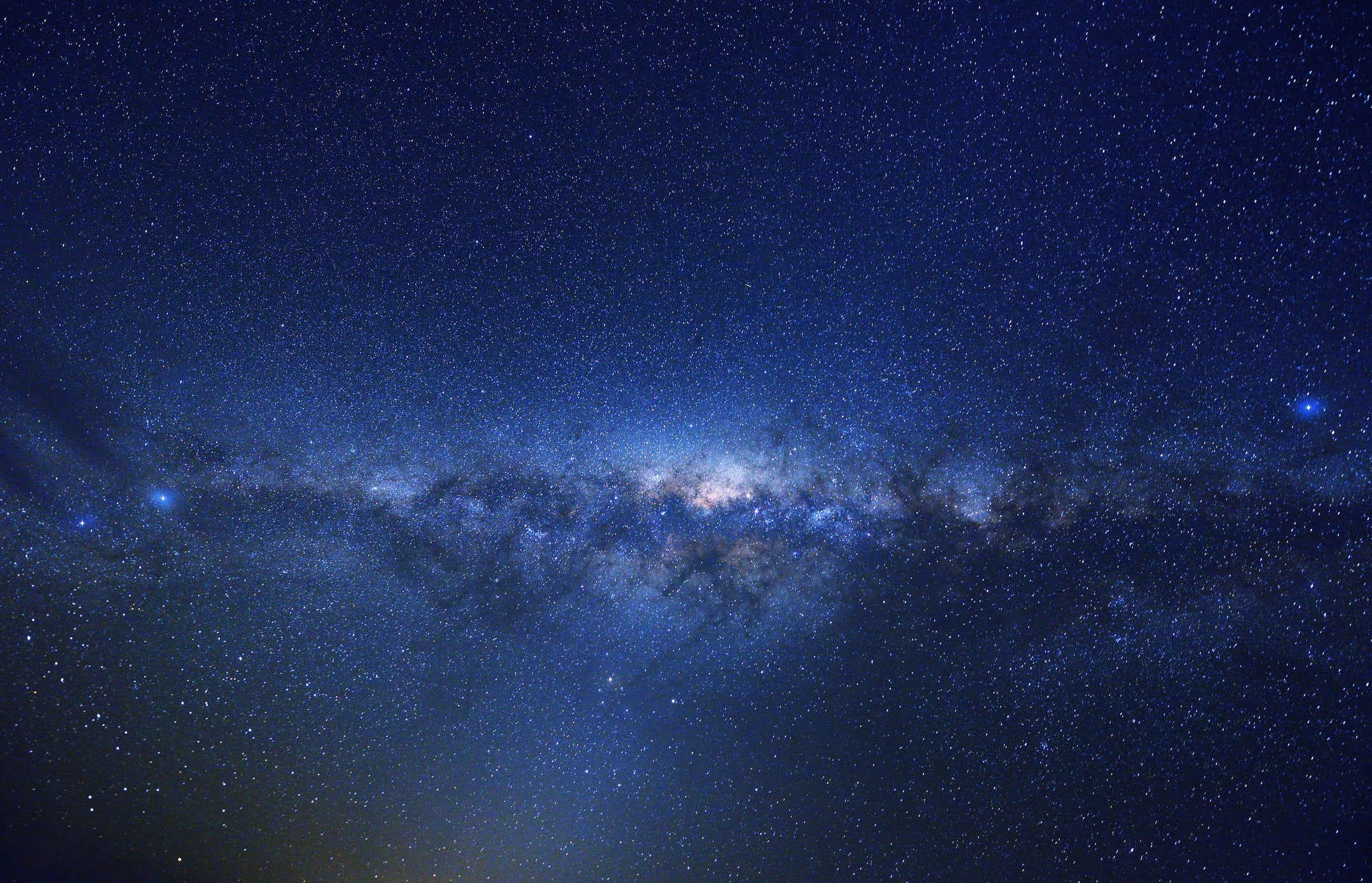The black hole at the centre of the Milky Way may be something even more mysterious, scientists say
The centre of our galaxy could be a cluster of dark matter, not a supermassive black hole

Scientists believe that there is a supermassive black hole at the middle of our Milky Way galaxy – but new research has suggested that something more mysterious could be in the centre.
Sagittarius A*, the huge object at the centre of our galaxy with a mass of approximately four million suns, was always assumed to be a black hole by the movement of the stars around it.
In 2014, however, that assumption was challenged as a gas cloud known as G2 came close to the black hole. Scientists expected the cloud to be destroyed by the huge gravitational forces of Sagittarius A*; that did not happen, and G2 survived without an issue.
Some scientists now posit that Sagittarius A* is not a black hole at all, but a bundle of dark matter. Dark matter is an invisible material thought to account for 80 per cent of the total matter in the universe, but is very challenging to detect because it does not interact with light.
To test this, researchers at the International Center for Relativistic Astrophysics (ICRA) simulated replacing our galaxy’s centre with dark matter – specifically a strange elementary particle known as a “darkino” – that would be dense in the middle of the mass, but more diffuse at the edges.
“Darkinos”, the scientists say, are a type of fermion (particles that cannot share the same quantum state at any time) and as such as limited to how densely they can be packed together. This would allow G2 to survive at the edges, as well as allowing nearby stars to exist and even account for the rotational curve of the Milky Way’s outer halo.
While the supermassive black hole remains the most likely hypothesis, the answer could be more complex than we think. This year, scientists proposed that supermassive black holes themselves could be formed out of dark matter, which would explain why they are able to form so quickly - before even the galaxies around them could exist.
The research was published in the journal Monthly Notices of the Royal Astronomical Society: Letters.
Join our commenting forum
Join thought-provoking conversations, follow other Independent readers and see their replies
Comments